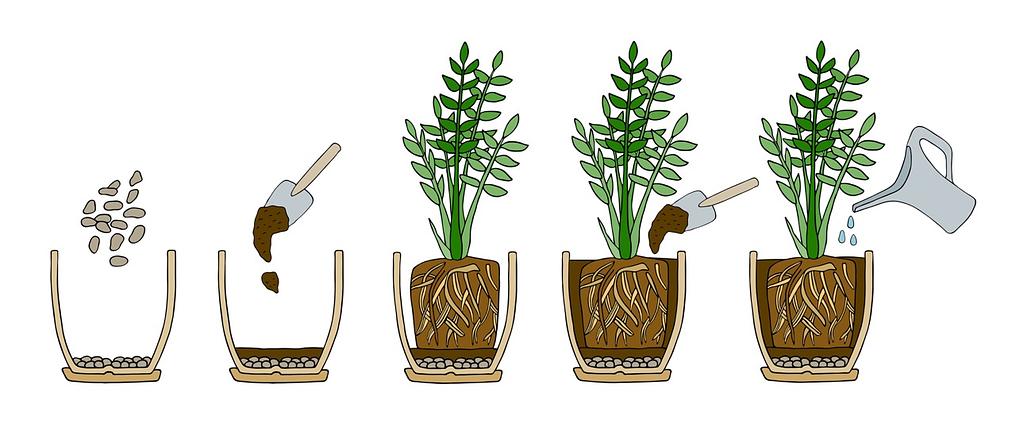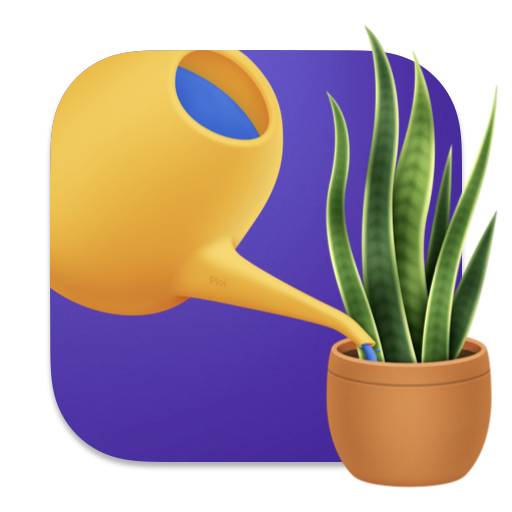Comprehensive Guide to Plant Care for Beginners
Make your journey into the world of plants smooth and satisfying with these expert tips!
Water your plants mindfully.
Overwatering can be more damaging to plants than underwatering, often leading to root rot. Ditch rigid watering schedules and hydrate your plants according to their needs. Always examine the soil to ensure it's dry at least 2 inches below the surface before watering. A moist, dark-colored soil that sticks to your finger indicates that your plant has sufficient water.
The watering frequency will vary seasonally. During the cooler months, plants' growth slows down due to shorter days and less intense sunlight, so they require less water. But if indoor heating dries out the soil faster, slightly more frequent watering may be necessary. Look out for wilting leaves or soil shrinking from the pot edges, as these signs indicate a water-deprived plant. Remember to use warm water as it is absorbed more readily, and always water around the base of the plant to facilitate absorption through the roots. Exceptions are Epiphytes, like air plants, which absorb water through their leaves.

Choose Plants that Complement Your Lighting Environment
To thrive, each plant needs a specific amount of light that is suitable for its species. Understanding the light conditions in your space is, therefore, crucial for choosing the right plants that will thrive in your home or office environment.
Start by spending time in your space at different times of the day to observe the pattern of light. Pay attention to how the sunlight moves throughout the room and how the intensity of light varies from morning to evening. You might also notice that the amount of light changes across the seasons due to alterations in the sun's path. Keeping track of these changes helps you better understand the light conditions in your space.
If your space receives high-intensity sunlight, this might pose a risk of 'sunburn' to certain plants. To protect your plants, consider adding a sheer curtain or blinds to diffuse the light, creating a more suitable environment for your green friends.
Certain plant varieties, such as cacti or aloe, are naturally adapted to withstand bright, direct sunlight, similar to the conditions of their natural desert habitat. These plants would be an ideal choice for spots in your home that get plenty of direct sunlight.
However, it's important to note that most indoor plants, like pothos or philodendrons, prefer bright, indirect light. This means they enjoy light that is abundant but not directly hitting them. If your space doesn't receive a lot of direct sunlight, don't worry; several plant varieties can thrive in lower light levels. Plants such as ZZ plants, snake plants, or peace lilies are excellent choices for rooms with less sunlight.
Regardless of the light conditions in your space, it's vital to keep a close eye on your plants. Look out for signs of overexposure, like leaf burn or faded leaf color, or signs of underexposure, such as elongated stems or smaller-than-normal leaves. These signs will help you make adjustments as necessary to prevent further damage and ensure your plants live a healthy life.
Remember, each plant is unique, and their light requirements can vary widely. Don't be afraid to move your plants around to find their happy place, and always do your research when bringing a new plant into your home to ensure it gets the right amount of light.
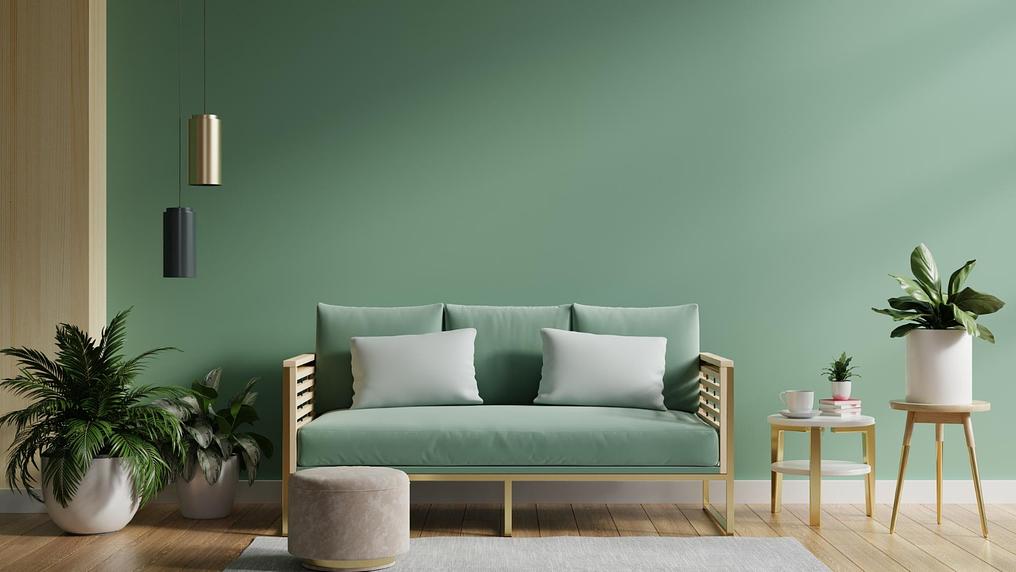
Choose plants that fit your lifestyle.
As a new plant parent, you may be worried about neglecting your plants. A busy work schedule, social life, and general forgetfulness can lead to unintentional plant neglect. It’s okay. Some plants can handle that kind of lifestyle. A jet-setter like yourself will enjoy the resilience of low-maintenance and drought-tolerant succulents, ZZ plants, or snake plants, all pretty low key, as long as they have enough light (bright and low light). These should keep looking their best when you return from your next trip.
If you’ve got more time, you can try a few attention-loving air plants, orchids, or ferns. Like a mist for the face, an extra spritz of filtered water daily between waterings keeps humidity levels nice and balanced for these delicate plants.

Increase the humidity when necessary.
To help your plant thrive indoors, try to recreate its natural environment as closely as possible. Most tropical plants prefer high humidity and bright to moderate, indirect light. During the dry months of winter, grouping similar plants together help to create a more humid microclimate. A humidifier can help too and it’s great for humans (find more ways to increase humidity levels here). On the other hand, most desert dwellers like cacti and succulents prefer dry air and bright, direct light with no shade at all. They don’t much care for humidity.
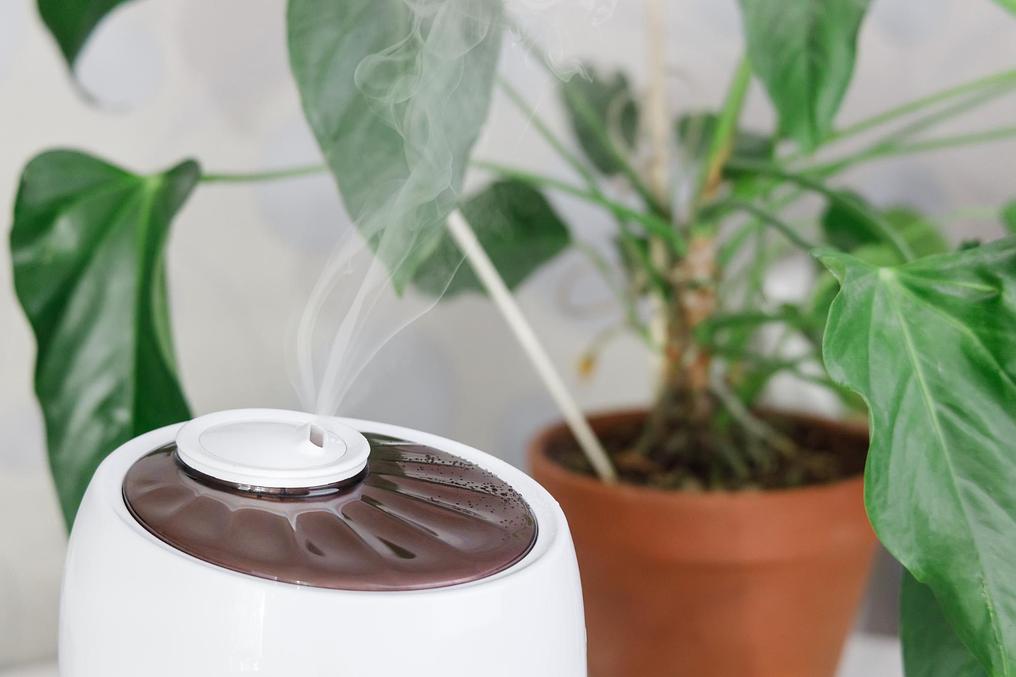
Maintain consistent temperatures.
To keep your plant healthy, it is important to maintain a stable environment. Large changes in temperature can be harmful to your plant. It is best to keep the temperature between 65 and 85 degrees Fahrenheit. Additionally, you should keep your plant away from radiators, air conditioners, and vents as they can cause drafts of hot or cold air.
.jpg)
When should you skip the fertilizer?
Be careful when using fertilizer on your houseplants. Too much fertilizer can damage your plant. Houseplants don't need fertilizer as often as outdoor plants. If you do choose to fertilize your plant, it's best to do so during the growing season (early spring to early fall). Most store-bought fertilizers should be diluted with water before use. If you have had your plant for at least a year, you can fertilize it. We suggest using an all-purpose fertilizer. Always follow the instructions. If you’ve just changed the soil, don't fertilize your plant! Fresh soil has enough new nutrients.
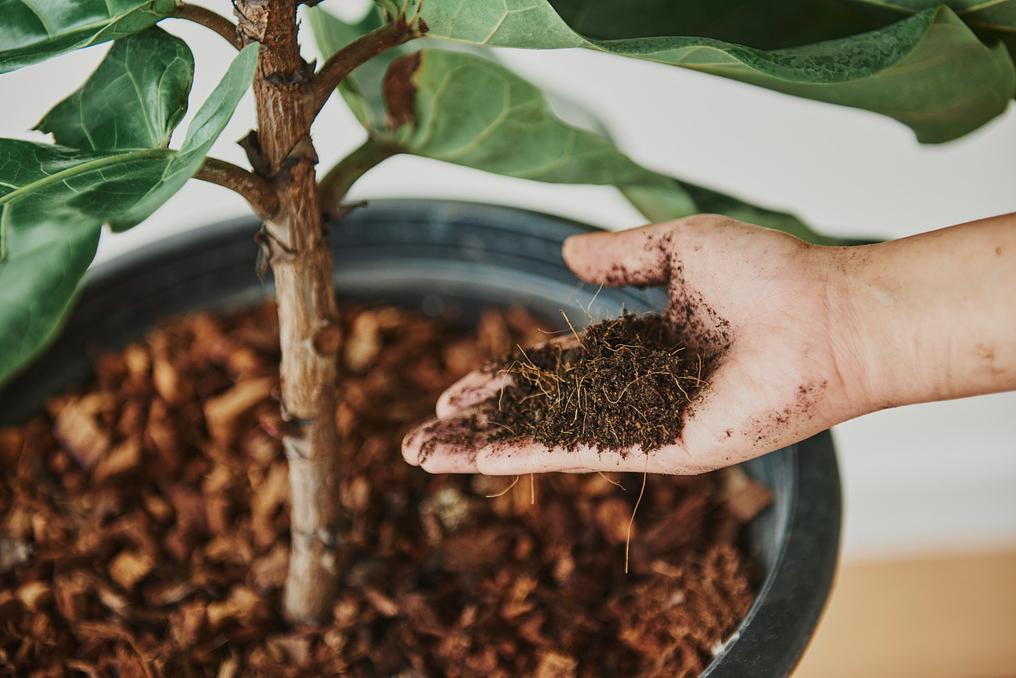
Buy from a trustworthy source.
Get your plants from a reliable nursery, your neighbourhood plant store, or from specialist retailers or florists. Buying from a place that employs plant experts means they will be able to answer any of your questions. Many people who sell or work with plants really enjoy talking about them - we certainly do. If you have never owned plants before, avoid big department stores and supermarkets where they are often kept in dim basements or warehouses. Inspect your plant for yellow leaves, powdery mildew, unusual spots, brown tips and limp stems, as these are all signs that it is not healthy.
Have extra care in the beginning ❤️
Once you have received your plant or brought it home from the store, it will need a few weeks to adjust to its new environment. Give your plant some extra attention in the beginning. By observing your plant, you will be able to tell when to water it, when not to water it, if the temperature is too high or too low, and if it is getting enough sun. Plus, they are pleasing to look at.

Don’t hesitate to repot
A common misunderstanding is that "repotting" means putting your plant in a new planter, when it really just means changing out the plant's soil with fresh potting mix to provide new nutrients. Plants typically need to be repotted every 12 to 18 months, depending on how actively they are growing. If your plant has outgrown its current planter, you can also use this as an opportunity to size up. Choose a planter only 1 to 3 inches larger than its current container. The idea is that your plant is not swimming in soil, which may lead you to overwater, but has a little extra space to grow.
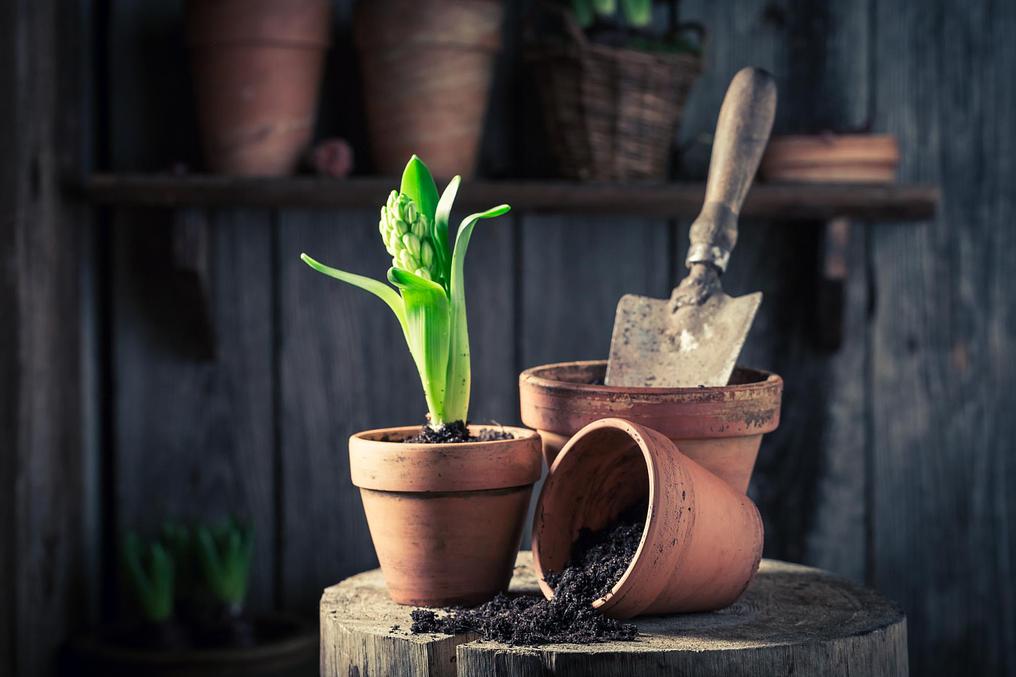
Drainage is important
When watering your plants, be aware of drainage. You can choose a planter with a drainage hole and saucer, keep your plant in a grow pot inside a planter, or add lava rocks to the bottom of a planter without a hole (to create crevices for excess water to flow to). Do what works best for you! Try different methods for different plants.
